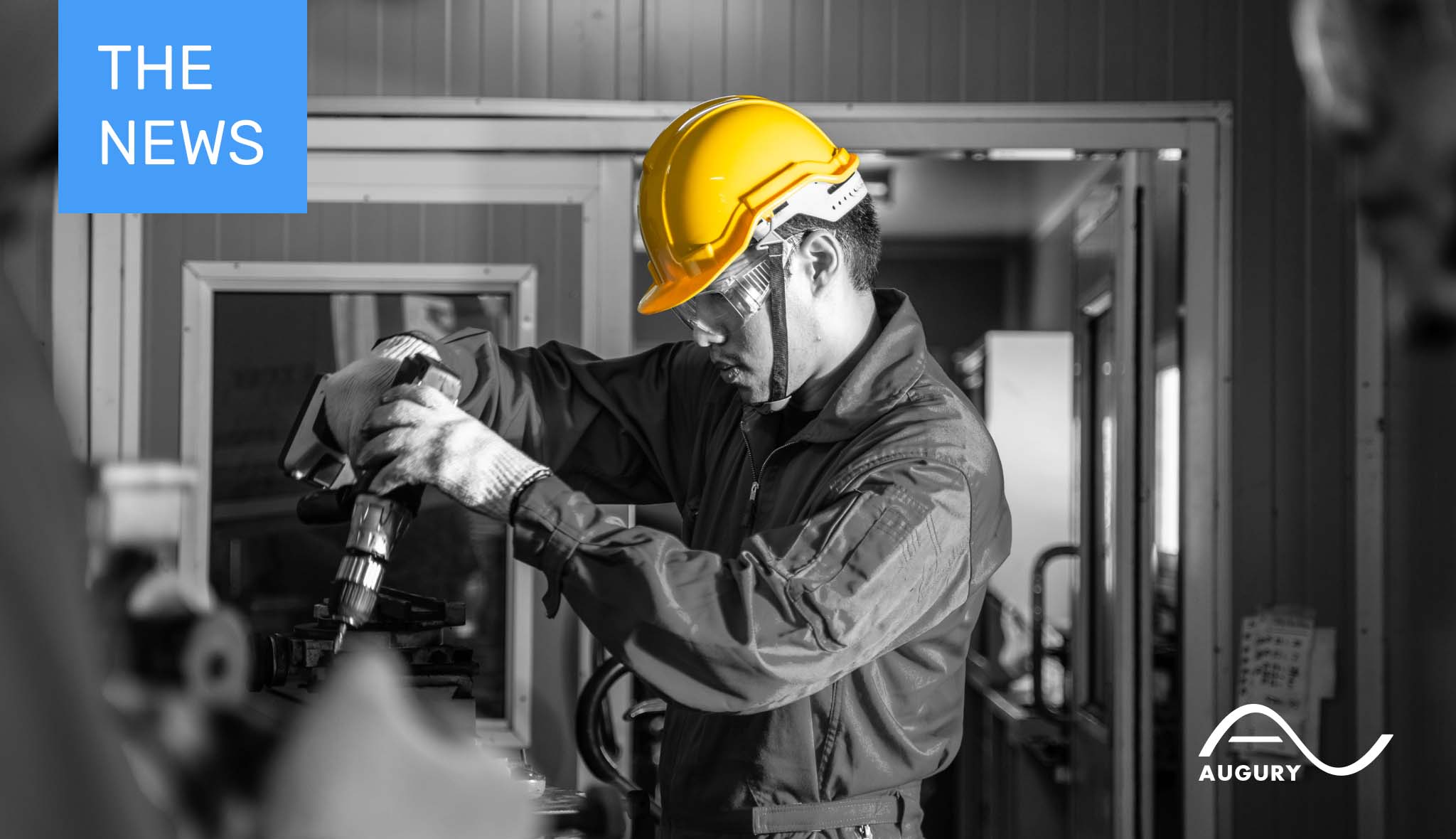
Manufacturers are increasingly applying AI solutions to effectively minimize risk. Meanwhile, many AI-insiders are warning that new generative forms of AI – however potentially useful – may carry “the risk of human extinction”. Surely, there’s a middle path… Read all about it in our monthly round-up of manufacturing-related news.
The Ironies of Extinction
It’s a concise statement: “Mitigating the risk of extinction from A.I. should be a global priority alongside other societal-scale risks, such as pandemics and nuclear war.”
The much longer list of signatories includes leaders from OpenAI, Google DeepMind and Anthropic. These are all companies working furiously to make these new forms of AI more readily available.
“Recent advancements in so-called large language models – the type of A.I. system used by ChatGPT and other chatbots – have raised fears that A.I. could soon be used at scale to spread misinformation and propaganda, or that it could eliminate millions of white-collar jobs,” according to ‘A.I. Poses “Risk of Extinction,” Industry Leaders Warn’.
“Some skeptics argue that A.I. technology is still too immature to pose an existential threat. When it comes to today’s A.I. systems, they worry more about short-term problems, such as biased and incorrect responses, than longer-term dangers.”
Fair enough. But at least everyone seems to agree: we need intelligent regulation.
The Art and Science of Minimizing Risk
Meanwhile, manufacturing is all about minimizing risk: making sure nothing gets in the way of safely pumping out goods on-time, on-budget and preferably with a minimum impact on the environment.
And if one looks at ‘The Top 10 Industrial Technology Trends – As Showcased at Hannover Messe 2023’, one notes many of the emerging technologies are very much about de-risking. Often, this is about increasing flexibility by increasing modularity and interoperability.
Certainly, industrial A has proven its capability in minimizing risk. It’s being applied across the board to not only increase productivity but also to go after sustainability and ESG goals.
Time To Embrace De-Risking?
Meanwhile, we continue to live in a world filled with geo-political risks.
“If diplomats were on TikTok, ‘de-risk’ would be trending. The word has suddenly become popular among officials trying to loosen China’s grip on global supply chains but not cut ties entirely,” according to ‘How “Decoupling” From China Became “De-risking”’.
“I believe it is neither viable – nor in Europe’s interest – to decouple from China,” says European Commission president, Ursula von der Leyen. “Our relations are not black or white – and our response cannot be either. This is why we need to focus on de-risk – not decouple.”
“I think we derive a huge amount of economic, social and safety value when systems are interoperable,” says one pundit. “I want my plane to take off from Singapore and land safely in Beijing.”
But yes, some – including the Chinese government – regard the two terms as interoperable: “de-risking” is just a new fancy way of saying “de-coupling”.
On the other hand, “Who doesn’t like reducing risk?” asks another pundit. “It’s just rhetorically a much smarter way of thinking about what needs to be done.”
De-Risking The World With ChatGPT
“New research out of OpenAI and the University of Pennsylvania suggests that generative AI, thanks to open and widely available tools such as ChatGPT (Generative Pre-trained Transformer) models and GPT-4, will be part of the jobs of at least 80% of occupational groups,“ according to the great overview ‘Through the Looking Glass: Democratizing AI With Emerging Technologies’.
But as one researcher observes: “considering each job as a bundle of tasks, it would be rare to find any occupation for which AI tools could do nearly all of the work.”
So, AI will not necessarily take your job. But it will be everywhere. In fact, AI is already everywhere – from the auto-complete on your phone, to lighthouse factories, to you yelling at Siri to turn down the music. However, generative AI will take this to a whole new level of effectiveness.
Augury’s own VP of Strategy, Artem Kroupenev, is also quoted widely in the above article.
This Is A Lightbulb Moment
As Artem puts it: “The recent advancement in genAI ‘is a lightbulb moment’. Meaning that just as the lightbulb was a killer application that drove the mass adoption of electricity, we’re now seeing one of the first use cases that will drive mass adoption of AI technology. Like with other foundational technologies, we will need to work through many questions and concerns, but overall, AI is an augmentation of our minds, and it will make us smarter.”
“Specialized AI solutions are already widely used for accurate insights from sensors and traditional systems of record, management, and execution. But the benefit of genAI is that it can help make sense of the boatloads of unstructured conversational data that’s generated across the enterprise. Recorded customer interactions, ideas, meeting notes, calls, emails, documents, contracts, slack chats, presentations, etc. are a treasure trove of data that will drive a 100x increase in the level of insight and knowledge AI offers to enterprises.”
In other words, we’re in a long-game that needs to be played intelligently. There will be no extinction. And better yet, we can look forward to a world with that will not only needs its professionals but also allow them to operate in ways that offer fewer risks.
Let’s get to work.
For more industry insights, read last month’s ‘Manufacturing – The News: A Crossroads For Superhumans’.






